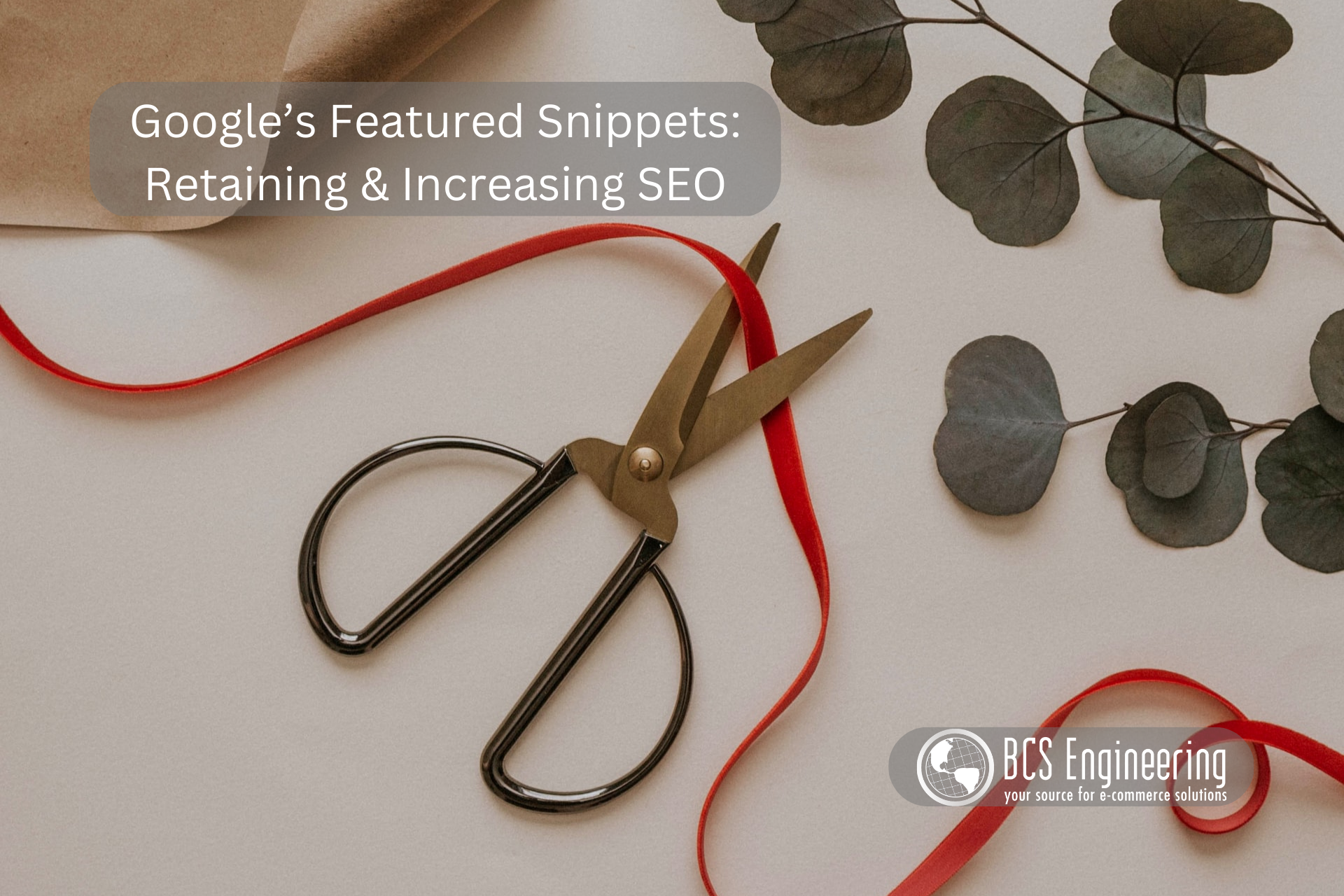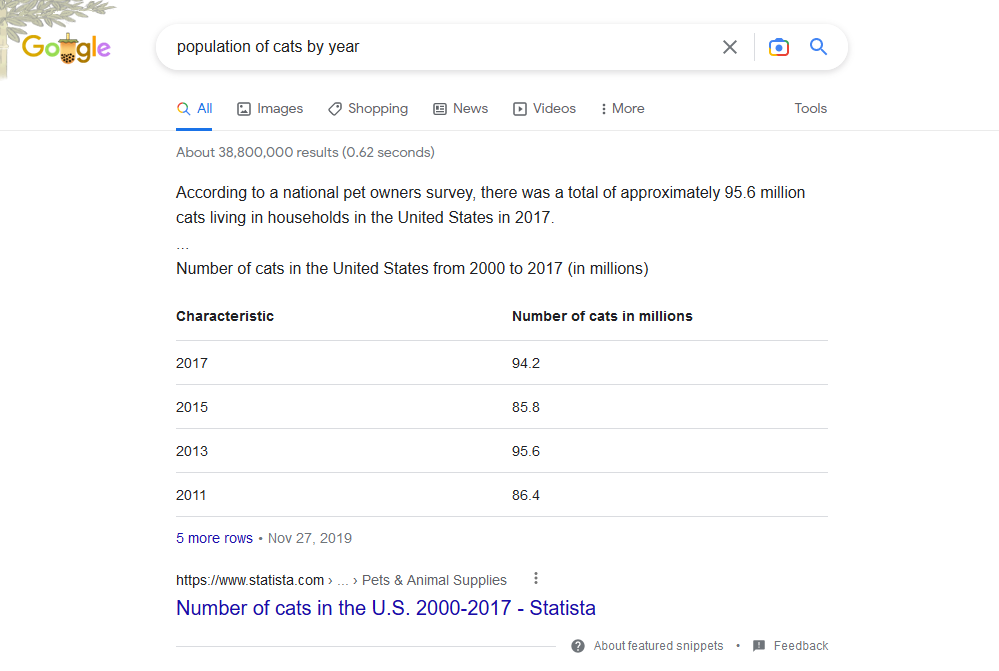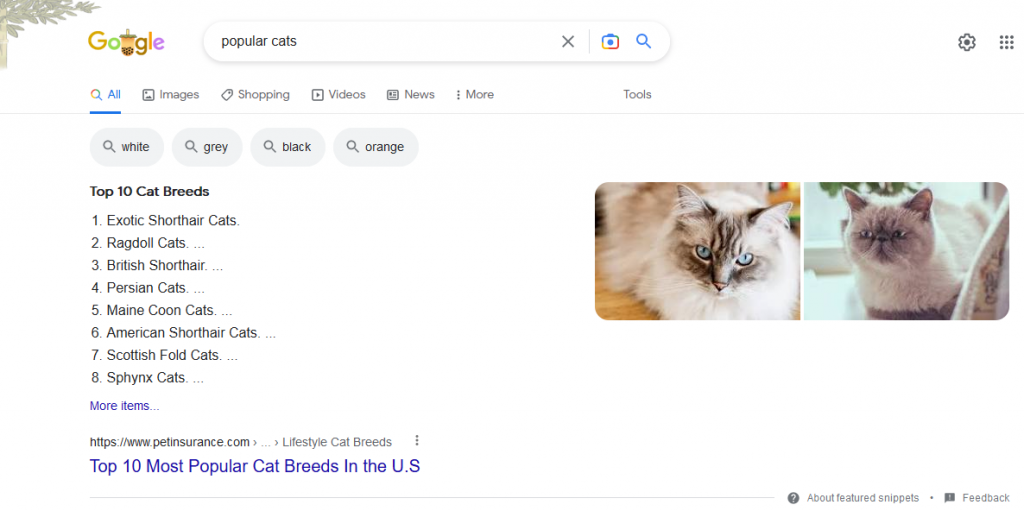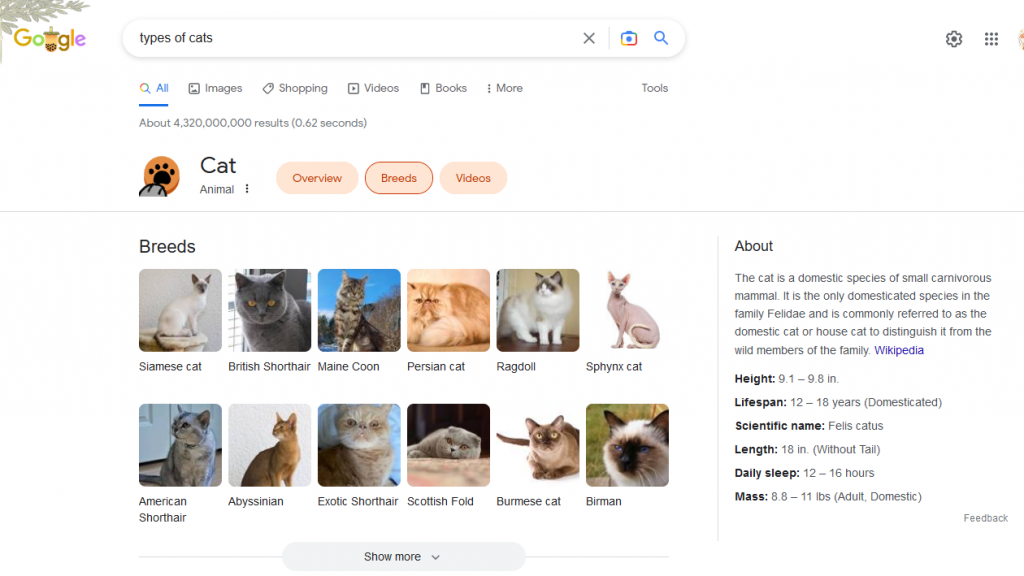In previous articles, we have explored many ways that we can implement SEO strategies into our website optimization process. However, once we hit high ranks in searches for the words we are targeting, how do we maintain our success? While it is exciting to see our sites on the front page of searches, we can’t stop thinking about SEO. New businesses and products can enter the industry. Words can change in meaning and usage. Customers naturally expand to new platforms. Constant change in the eCommerce industry requires us to continue updating and implementing SEO strategies.
Establishing expertise with our users, carefully choosing our words, and making sure our site provides quality user experience are essential SEO tactics. However, there are other SEO strategies we can use to retain and improve our SEO score. One strategy we can considered is optimizing our content for Google’s “Featured Snippets.”

Google’s Featured Snippets
Featured Snippets are a unique and profitable opportunity to bring more traffic to your site. These “snippets” are brief, informative glimpses into content that is usually associated with answers to questions. For example, if we ask Google “What is a featured snippet?” we get the following snippet:

A benefit of featured snippets is that they can bring our content to the top of a search page without having a high rank. Featured snippets are placed above the first organically ranked suggestion, making it the first thing users see when browsing the search results. Having our content in “Position 0” of a search result can increase our visibility, bringing more users to our site.
Note: Clicks in Featured Snippets
One of the main concerns about Google’s Featured Snippets is the possibility of users not clicking our content. Featured snippets can come off as counterproductive since users may read the answer to their question and leave. However, featured snippets aid us in taking clicks away from our competitors. By providing succinct answers, users will leave the search results without clicking on a competing company’s site.
Types of Featured Snippet Content
Since featured snippets tend to be answers to questions, our content needs to not only be valuable, but understandable to search engines. As seen in the example, a snippet only pulls part of your content in an attempt to answer a question. To understand what kind of content Google’s presents in a featured snippet, we need to understand the common formats available.
Text Definitions

As illustrated in our first example, text snippets answer questions by providing brief and clear text results. These answers tend to be sentences pulled from your content and presented in the snippet.
Tables

Tables are similar to text snippets, but are featured snippets that present a collection of data . These snippets tend to be numerical and only give a glimpse of the table presented in your content.
Lists

Whether they be numerical, bulleted, or unordered, list snippets are a collection of related content. Much like the other snippets, these snippets only show part of your list in the featured snippet.
Note: Not all featured content is a snippet
When we search on Google, we can get different kinds of content previewed at the top of the search results. However, not all “featured” content are featured snippets. Google’s “Rich Results” look a lot like featured snippets, but are merely enhanced listings.

Getting a Featured Snippet
Getting your content into a featured snippet requires research and attention to format. Before you create content for featured snippets, you need a good understanding of what your target audience is looking for. Knowing what kind of questions our users ask can aid us in knowing what types of answers to provide. One way we can discover featured snippet opportunities is to step into our user’s shoes and search terms and questions related to our expertise. Analyze what current featured snippets exist and determine if you can create a more succinct answer.
As you craft your answer, you need to keep the format of your content in mind. Depending on what kind of featured snippet you are creating, there are some general tips to keep in mind:
Text Feature Snippets
For text formatted content, you will want to make sure that your content is between 40 – 50 words long. Frame your content with the question you are answering to make your content clear to Google. Most importantly, make sure that the answer you are providing is objective. Google is looking for quality definitions rather than opinions when it comes to their featured snippets.
Table Featured Snippets
With table content, the key to successfully gaining a table featured snippet is to format your data as a table. Google does not create tables based on the content on your site. Instead, Google takes your existing tables and features them in the snippet. Since tables have specific uses, the best way to optimize for a table featured snippet is to present data in tables often.
List Features Snippets
When it comes to list featured snippets, format matters. When design a list for a snippet, make sure to use headings in your content. By using H2 and H3 Headings for your list, Google can better understand that you are creating a list. In the case of step oriented lists, we can go a step further and incorporate numbers to identify that this is an ordered list. Overall, keep your format consistent so that the content in your list is understood correctly.
Want to Learn More about SEO?
SEO is a continuous process with a variety of strategies to explore. Explore our SEO blogs to learn more tips and tricks to improve your visibility! If you want more hands-on guidance for improving your website,join the waitlist for Carrie Saunders’ upcoming course, “The Converting Website.” In this course, she will dive into a variety of important factors that aim to optimize your website.
